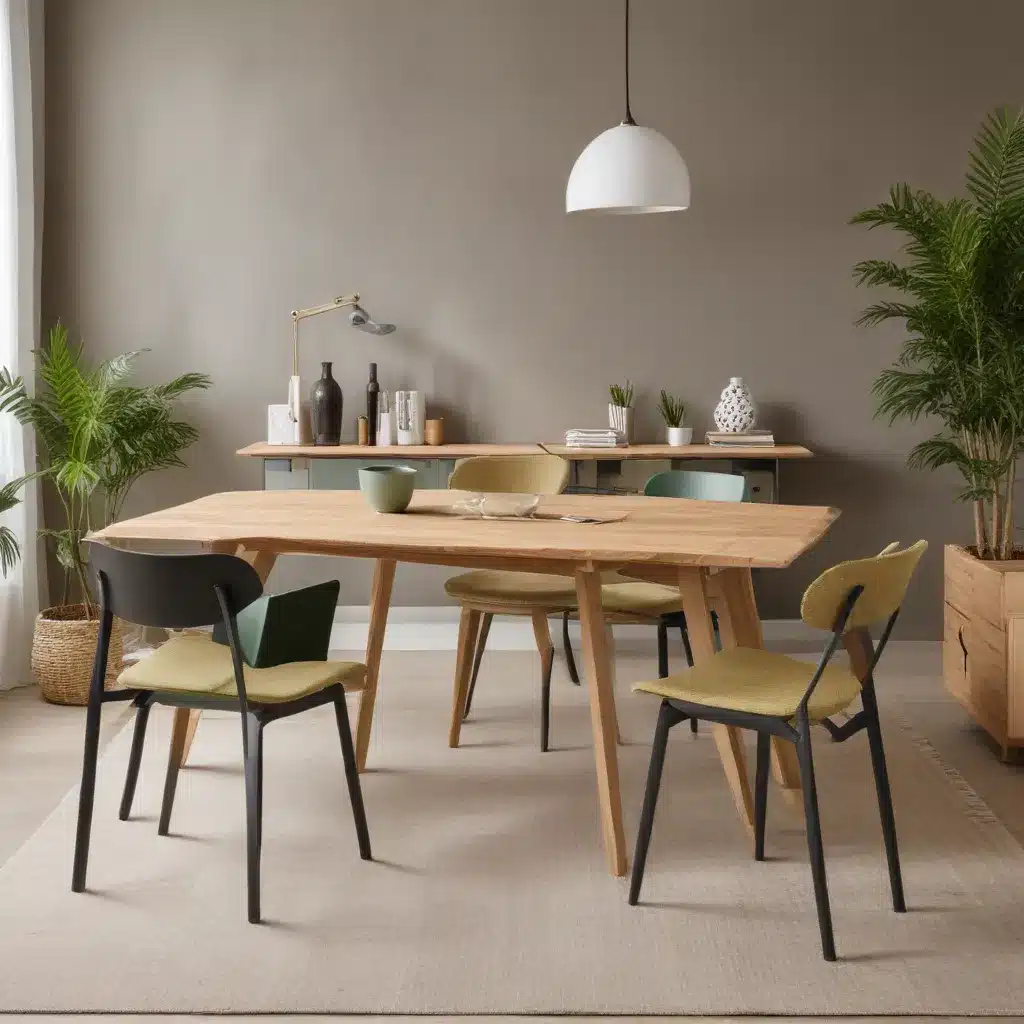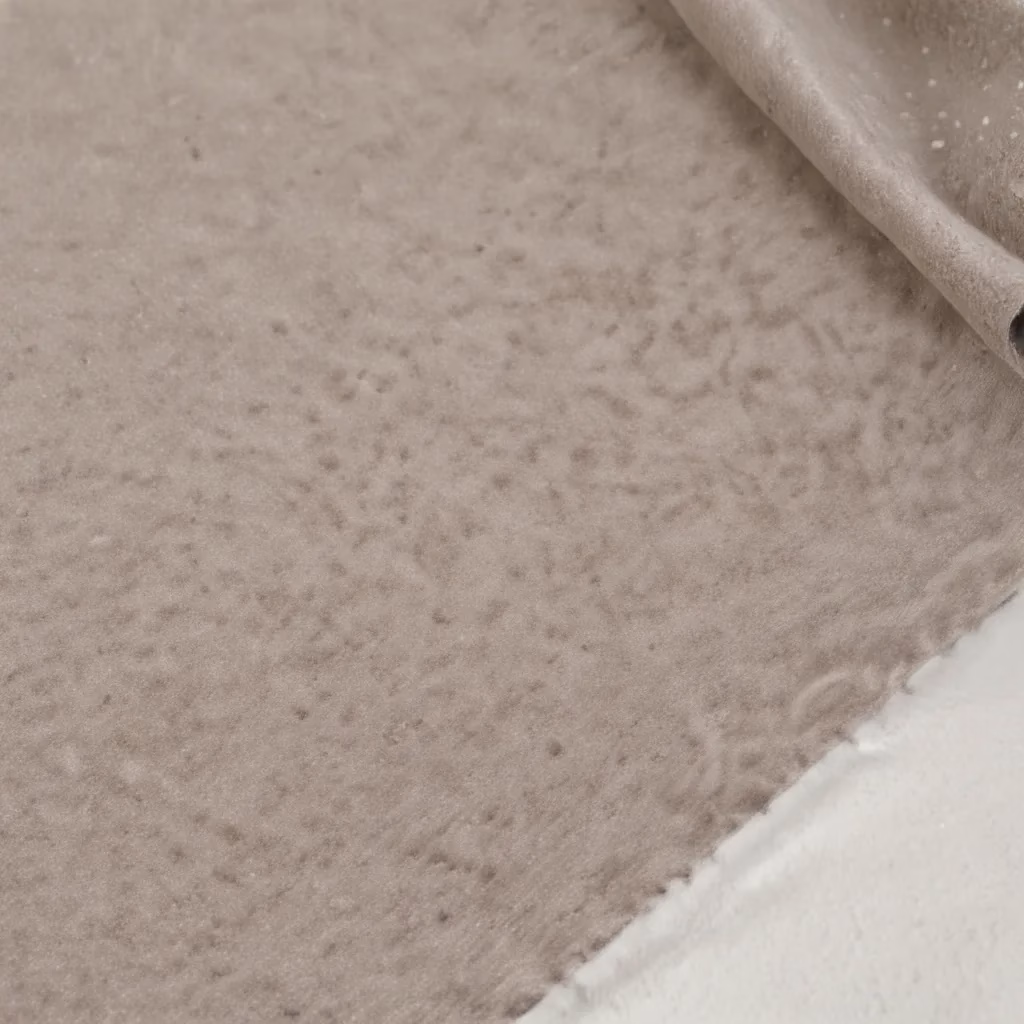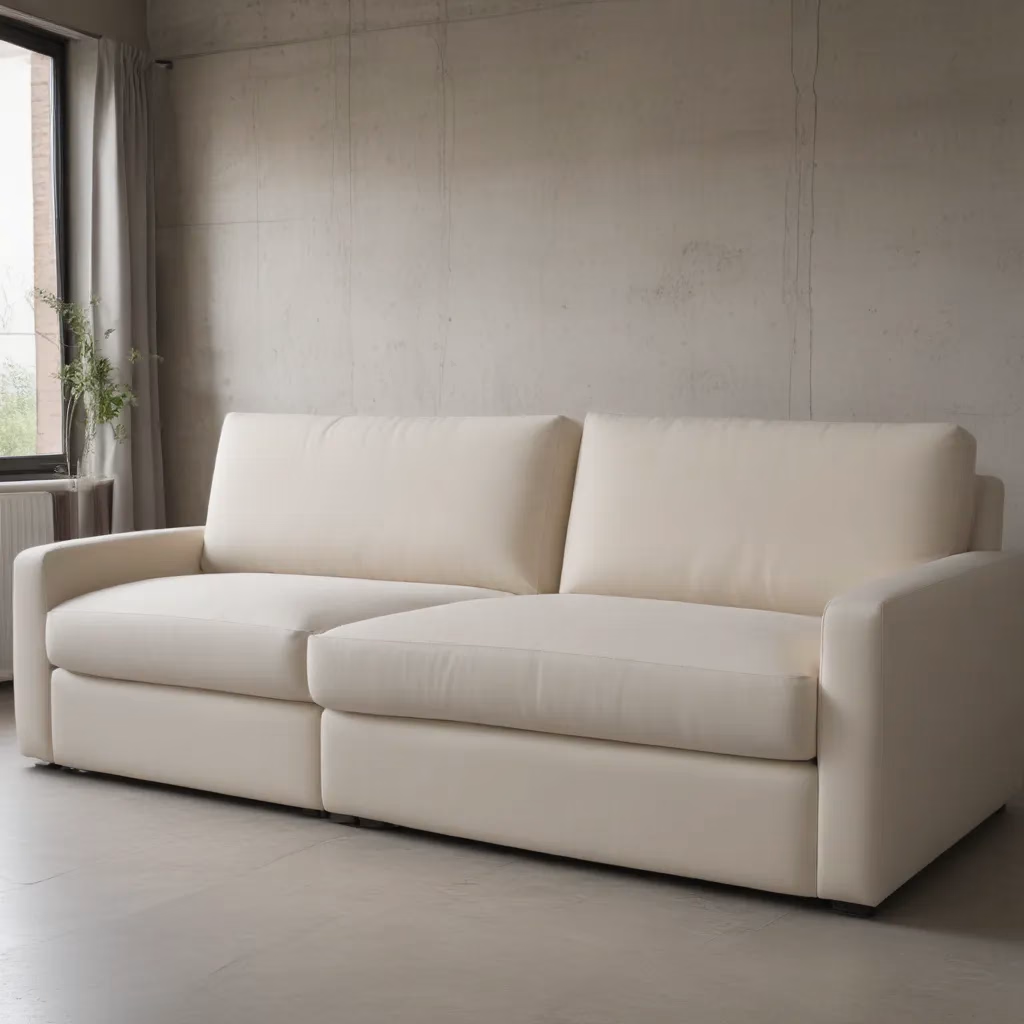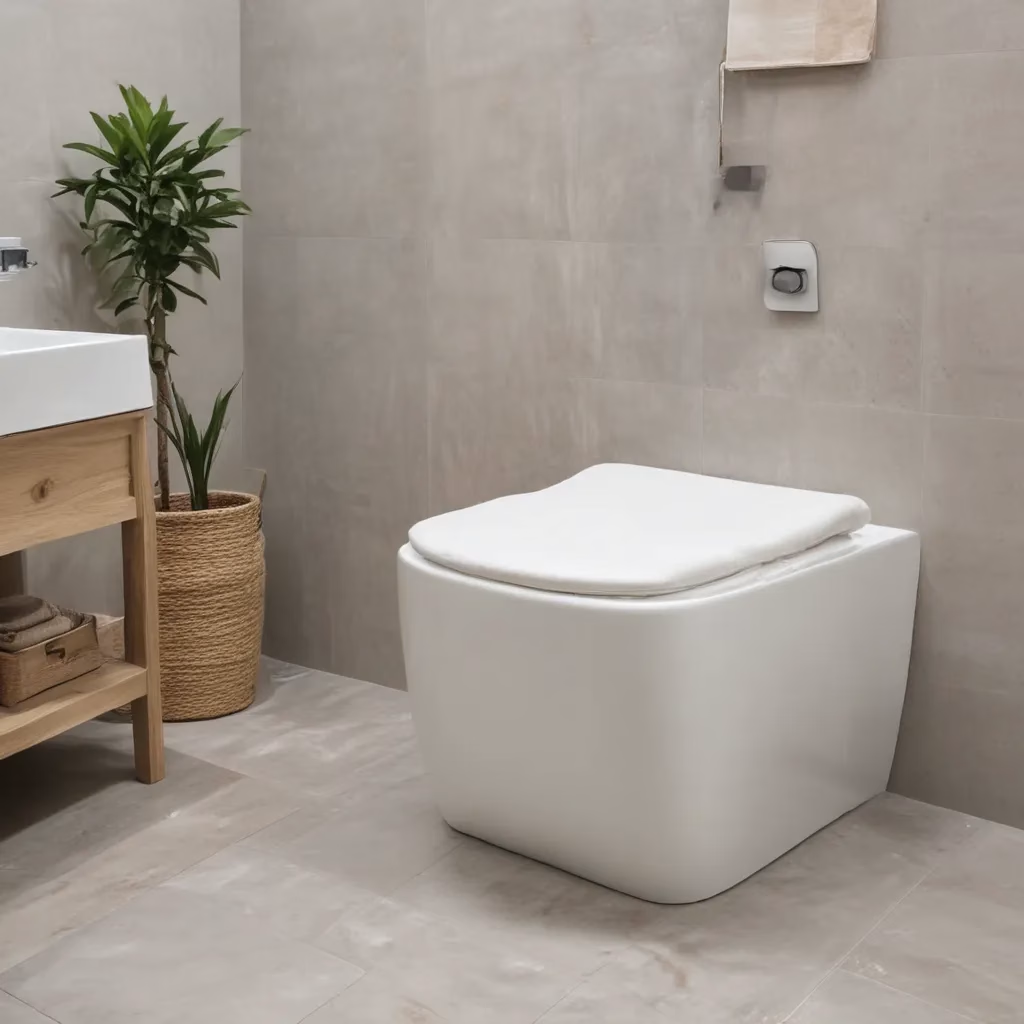
Understanding the Shift Towards Sustainable Furniture
In recent years, the UK furniture market has witnessed a significant change in consumer preferences. More and more homeowners are seeking out eco-friendly furniture options that align with their values and contribute to a more sustainable lifestyle. This shift is not just a passing trend but represents a fundamental change in how we approach home furnishings.
Eco-friendly furniture is designed and manufactured with a focus on minimising environmental impact. This includes using renewable or recycled materials, implementing sustainable production processes, and considering the entire lifecycle of the product. The goal is to create functional and stylish pieces that don’t compromise the planet’s resources.
The growing demand for sustainable furniture options has prompted manufacturers to innovate and adapt their practices. As a result, consumers now have access to a wide range of eco-friendly furniture choices that cater to various tastes and preferences. From sofas and armchairs to dining tables and bedroom sets, sustainable options are available across all furniture categories.
The Benefits of Choosing Eco-Friendly Furniture
Opting for eco-friendly furniture offers numerous advantages, both for the individual consumer and the environment at large:
-
Environmental Conservation: By choosing furniture made from sustainable materials, consumers help reduce deforestation and the depletion of natural resources.
-
Reduced Carbon Footprint: Eco-friendly production methods often have a lower carbon footprint compared to traditional manufacturing processes.
-
Health Benefits: Many sustainable furniture options are made without harmful chemicals, contributing to better indoor air quality and a healthier home environment.
-
Durability: Eco-friendly furniture is often crafted with high-quality, durable materials, meaning it can last longer and need less frequent replacement.
-
Unique Aesthetic: Sustainable materials and production methods can result in unique textures and finishes, adding character to home decor.
As we explore the world of eco-friendly furniture, it’s important to understand the materials and design trends that are shaping this industry. In the following sections, we’ll delve into the most popular sustainable materials, discuss current design trends, and provide practical advice for consumers looking to make more environmentally conscious furniture choices.
Sustainable Materials in Furniture Design
Bamboo: A Rapidly Renewable Resource
Bamboo has emerged as a frontrunner in the eco-friendly furniture material race. This fast-growing grass offers numerous advantages that make it an excellent alternative to traditional hardwoods.
Characteristics of Bamboo Furniture:
- Rapid growth rate (up to 91 cm per day for some species)
- High strength-to-weight ratio
- Natural resistance to pests and fungi
- Ability to absorb large amounts of carbon dioxide
Bamboo furniture often features clean lines and a modern aesthetic, making it a popular choice for contemporary interiors. Its versatility allows it to be used in various furniture pieces, from dining tables to bed frames.
Advantages of Bamboo Furniture:
- Sustainability: Bamboo’s rapid growth rate makes it highly renewable.
- Durability: When properly treated, bamboo furniture can be as durable as hardwood.
- Aesthetic appeal: Its unique grain patterns add visual interest to furniture pieces.
- Versatility: Bamboo can be shaped and styled to suit various design preferences.
However, it’s important to note that not all bamboo furniture is created equal. Consumers should look for products that use sustainably harvested bamboo and eco-friendly processing methods to ensure they’re making a truly green choice.
Reclaimed Wood: Giving New Life to Old Materials
Reclaimed wood has gained popularity in recent years as a sustainable alternative to virgin timber. This material is sourced from old buildings, barns, or even discarded furniture pieces, giving it a second life and reducing the demand for new lumber.
Sources of Reclaimed Wood:
- Demolished buildings
- Old barns and farmhouses
- Decommissioned ships
- Discarded furniture and pallets
Furniture made from reclaimed wood often has a rustic or industrial aesthetic, though skilled craftsmen can also create more refined pieces. Each item tells a story through its unique patina and character marks.
Benefits of Reclaimed Wood Furniture:
- Resource conservation: Reduces the need for new timber, helping to preserve forests.
- Unique character: Each piece has its own history and visual appeal.
- Strength: Often made from old-growth timber, which can be stronger than newly harvested wood.
- Reduced environmental impact: Requires less energy to process compared to new wood.
When shopping for reclaimed wood furniture, it’s crucial to verify the source and ensure that the wood has been properly treated and certified as safe for indoor use.
Recycled Metals and Plastics: Innovative Solutions
The use of recycled metals and plastics in furniture design represents a creative approach to sustainability. By repurposing these materials, manufacturers can reduce waste and create unique, eco-friendly pieces.
Common Recycled Materials in Furniture:
- Aluminium
- Steel
- Post-consumer plastics
- Industrial plastic waste
Furniture made from recycled materials often has a contemporary or industrial look, though designers are constantly pushing the boundaries of what’s possible with these materials.
Advantages of Recycled Metal and Plastic Furniture:
- Waste reduction: Keeps materials out of landfills and reduces the need for virgin resources.
- Energy savings: Recycling materials typically requires less energy than producing new ones.
- Durability: Many recycled materials offer excellent strength and longevity.
- Design flexibility: These materials can be moulded into various shapes and forms.
When considering furniture made from recycled materials, look for certifications that verify the recycled content and ensure that the manufacturing process is environmentally responsible.
Organic Fabrics: Comfort with a Conscience
For upholstered furniture, the choice of fabric plays a crucial role in determining its eco-friendliness. Organic fabrics offer a sustainable alternative to conventional textiles, providing comfort without compromising on environmental values.
Popular Organic Fabrics for Furniture:
- Organic cotton
- Hemp
- Linen
- Wool
These fabrics are produced without the use of harmful pesticides or chemicals, making them safer for both the environment and the end-user.
Benefits of Organic Fabric Furniture:
- Reduced chemical exposure: Free from harmful pesticides and processing chemicals.
- Biodegradability: Many organic fabrics are fully biodegradable at the end of their lifecycle.
- Durability: High-quality organic fabrics can be very durable and long-lasting.
- Comfort: Natural fibres often offer excellent breathability and comfort.
When shopping for furniture with organic fabrics, look for certifications such as GOTS (Global Organic Textile Standard) to ensure the authenticity of the materials.
By understanding these sustainable materials and their benefits, consumers can make informed choices when selecting eco-friendly furniture for their homes. In the next section, we’ll explore current design trends that incorporate these materials, helping you create a stylish and sustainable living space.
Current Design Trends in Eco-Friendly Furniture
Minimalism: Less is More
The minimalist movement has found a natural ally in eco-friendly furniture design. This approach emphasises simplicity, clean lines, and a clutter-free aesthetic, which aligns perfectly with sustainable living principles.
Key Features of Minimalist Eco-Friendly Furniture:
- Simple, geometric shapes
- Neutral colour palettes
- Multi-functional designs
- Use of natural, sustainable materials
Minimalist furniture often focuses on quality over quantity, encouraging consumers to invest in fewer, but higher-quality pieces that will last longer.
Benefits of Minimalist Eco-Friendly Furniture:
- Reduced resource consumption: Fewer pieces mean less material used overall.
- Longevity: Classic designs are less likely to go out of style, reducing the need for frequent replacements.
- Versatility: Simple designs can adapt to various interior styles.
- Easy maintenance: Clean lines and simple shapes are often easier to clean and maintain.
To incorporate minimalist eco-friendly furniture into your home, focus on selecting versatile pieces made from sustainable materials. Look for items that serve multiple purposes or can be easily adapted to different uses.
Nature-Inspired Tones: Bringing the Outdoors In
Another prominent trend in eco-friendly furniture design is the use of nature-inspired colour palettes. This approach creates a harmonious connection between indoor spaces and the natural world, reinforcing the sustainable ethos of the furniture.
Popular Nature-Inspired Colours:
- Earthy browns
- Forest greens
- Ocean blues
- Sandy beiges
These colours can be incorporated through the natural hues of sustainable materials or through eco-friendly dyes and finishes.
Advantages of Nature-Inspired Colour Schemes:
- Calming atmosphere: Natural colours can create a soothing, relaxing environment.
- Timeless appeal: Earth tones are less likely to go out of style compared to trendy colours.
- Versatility: Natural hues can complement a wide range of interior styles.
- Connection to nature: These colours can help bring a sense of the outdoors into your living space.
When selecting eco-friendly furniture with nature-inspired tones, consider how the colours will work with your existing decor and how they can contribute to the overall atmosphere of your space.
Smart Furniture: Technology Meets Sustainability
The integration of smart technology into eco-friendly furniture represents an exciting development in sustainable design. This trend combines the principles of environmental responsibility with the convenience and efficiency of modern technology.
Examples of Smart Eco-Friendly Furniture:
- Solar-powered outdoor furniture
- Energy-efficient LED-integrated pieces
- Furniture with built-in wireless charging capabilities
- Pieces with sensors for optimal energy use
Smart eco-friendly furniture often incorporates recycled materials or sustainable wood in its construction, marrying traditional craftsmanship with cutting-edge technology.
Benefits of Smart Eco-Friendly Furniture:
- Energy efficiency: Many smart furniture pieces are designed to minimise energy consumption.
- Convenience: Integrated technology can enhance the functionality of furniture items.
- Longevity: The ability to update software can extend the useful life of smart furniture.
- Customisation: Some smart furniture allows users to personalise settings for optimal comfort and efficiency.
When considering smart eco-friendly furniture, it’s important to balance the potential energy savings and convenience with the environmental impact of the technology components. Look for pieces that offer genuine utility and are built to last.
Vintage Revival: Upcycling for Sustainability
The trend of vintage revival in eco-friendly furniture design focuses on breathing new life into old pieces. This approach not only reduces waste but also adds character and history to interior spaces.
Upcycling Techniques in Furniture Design:
- Reupholstering with sustainable fabrics
- Refinishing with eco-friendly paints and varnishes
- Repurposing items for new functions
- Combining elements from different vintage pieces
Vintage revival pieces often showcase unique craftsmanship and materials that are no longer commonly available, making them standout additions to any room.
Advantages of Vintage Revival Furniture:
- Waste reduction: Keeps old furniture out of landfills.
- Unique aesthetic: Each piece has its own story and character.
- Quality craftsmanship: Many vintage pieces were built to last, offering excellent durability.
- Resource conservation: Reduces the need for new materials and manufacturing.
When incorporating vintage revival furniture into your home, look for pieces that complement your existing decor and can be restored or upcycled using eco-friendly methods.
By embracing these design trends, consumers can create stylish, sustainable living spaces that reflect their environmental values. In the next section, we’ll explore practical tips for choosing and maintaining eco-friendly furniture to ensure it stands the test of time.
Practical Tips for Choosing and Maintaining Eco-Friendly Furniture
Selecting the Right Pieces for Your Home
Choosing eco-friendly furniture requires careful consideration of various factors to ensure you’re making a truly sustainable choice. Here are some key points to keep in mind:
-
Material Sourcing: Look for furniture made from certified sustainable materials. For wood products, certifications like FSC (Forest Stewardship Council) ensure responsible forestry practices.
-
Local Production: Where possible, opt for locally made furniture to reduce transportation emissions and support your local economy.
-
Durability: Choose well-made pieces that will last for years. This may involve a higher upfront cost but can save money and resources in the long run.
-
Versatility: Select furniture that can adapt to different uses or room layouts, reducing the need for frequent replacements.
-
Non-Toxic Finishes: Ensure that any paints, varnishes, or fabric treatments used are low-VOC (Volatile Organic Compounds) and eco-friendly.
-
End-of-Life Considerations: Consider how the furniture can be disposed of or recycled at the end of its life. Some manufacturers offer take-back programmes for their products.
Maintenance for Longevity
Proper care and maintenance of your eco-friendly furniture can significantly extend its lifespan, further reducing its environmental impact. Here are some tips for keeping your sustainable furniture in top condition:
-
Regular Cleaning: Use gentle, eco-friendly cleaning products appropriate for each material type. For example, a mixture of warm water and mild soap is often sufficient for most surfaces.
-
Protect from Sunlight: Direct sunlight can fade and damage many materials. Use curtains or blinds to protect your furniture during the brightest parts of the day.
-
Humidity Control: Extreme changes in humidity can affect wood furniture. Use a dehumidifier or humidifier to maintain consistent indoor humidity levels.
-
Prompt Repairs: Address any damages or loose parts promptly to prevent further deterioration.
-
Rotate Usage: For upholstered furniture, rotate cushions regularly to ensure even wear.
-
Proper Storage: If storing furniture, ensure it’s clean, dry, and protected from dust and pests.
Making Informed Purchases
To ensure you’re making the most sustainable furniture choices, consider the following steps:
-
Research Brands: Look for companies with transparent sustainability practices and a commitment to eco-friendly production.
-
Read Labels: Pay attention to material descriptions, certifications, and care instructions.
-
Ask Questions: Don’t hesitate to ask retailers or manufacturers about the sourcing and production of their furniture.
-
Consider Second-Hand: Quality used furniture can be an excellent eco-friendly option, especially for solid wood pieces.
-
Plan for the Long Term: Consider your long-term needs and choose pieces that will grow with you, rather than temporary solutions.
By following these guidelines, you can create a beautiful, sustainable home environment that aligns with your values and contributes to a healthier planet.
The Future of Eco-Friendly Furniture
As we look ahead, the future of eco-friendly furniture in the UK appears bright and full of innovation. Emerging trends and technologies are set to further revolutionise the way we think about and produce sustainable furniture.
Biodegradable Materials
One of the most exciting developments in eco-friendly furniture design is the increasing use of biodegradable materials. These materials, which can decompose naturally without leaving harmful residues, offer a solution to the problem of furniture disposal at the end of its life cycle.
Examples of Biodegradable Materials in Furniture:
- Mycelium (fungal threads) based materials
- Plant-based bioplastics
- Biodegradable composites made from agricultural waste
Furniture made from these materials can be composted or safely returned to the earth at the end of its useful life, closing the loop on the product lifecycle.
Advanced Recycling Technologies
As recycling technologies continue to advance, we can expect to see a wider range of materials being incorporated into eco-friendly furniture designs. These advancements will allow for more efficient processing of waste materials and the creation of higher-quality recycled products.
Potential Developments:
- Improved sorting and processing of mixed plastics
- Chemical recycling techniques for previously unrecyclable materials
- Integration of recycled materials into high-end, luxury furniture designs
These technologies will not only reduce waste but also create new possibilities for innovative and sustainable furniture designs.
Cradle-to-Cradle Design
The concept of cradle-to-cradle design is gaining traction in the furniture industry. This approach considers the entire lifecycle of a product, ensuring that all materials can be fully recycled or biodegraded at the end of the product’s life.
Key Principles of Cradle-to-Cradle Design:
- Use of safe, recyclable materials
- Design for easy disassembly and recycling
- Consideration of the energy and resources used throughout the product’s lifecycle
As this approach becomes more widespread, we can expect to see furniture that is not only eco-friendly in its production but also in its eventual disposal or recycling.
Integration of Renewable Energy
The furniture industry is increasingly looking at ways to incorporate renewable energy into both the production process and the products themselves. This could lead to furniture that generates or stores energy, contributing to more sustainable homes.
Potential Applications:
- Solar-powered outdoor furniture with integrated lighting or charging capabilities
- Production facilities powered entirely by renewable energy sources
- Furniture with kinetic energy harvesting capabilities
These innovations could transform furniture from passive objects into active contributors to a home’s energy efficiency.
Artificial Intelligence and Sustainable Design
Artificial intelligence (AI) is set to play a significant role in the future of eco-friendly furniture design. AI algorithms can optimise material usage, predict trends in sustainable design, and even assist in creating custom pieces that perfectly fit a consumer’s space and needs.
Potential AI Applications in Furniture Design:
- Optimisation of cutting patterns to reduce material waste
- Predictive maintenance alerts for furniture care
- Virtual reality tools for visualising sustainable furniture in homes
By leveraging AI, furniture designers and manufacturers can create more efficient, sustainable, and personalised products.
As we embrace these future trends, the line between technology, sustainability, and furniture design will continue to blur, offering exciting possibilities for eco-conscious consumers. The furniture of tomorrow will not only be aesthetically pleasing and functional but will also play an active role in creating more sustainable living spaces.
Conclusion: Embracing a Sustainable Future
The shift towards eco-friendly furniture represents more than just a passing trend; it’s a fundamental change in how we approach our living spaces and our relationship with the environment. By choosing sustainable furniture options, consumers in the UK are not only creating beautiful and comfortable homes but are also contributing to a healthier planet.
As we’ve explored in this article, eco-friendly furniture offers numerous benefits:
- Reduced environmental impact through the use of sustainable materials and production methods
- Improved indoor air quality and health benefits from non-toxic materials
- Unique aesthetic appeal that brings nature into our homes
- Potential long-term cost savings through durability and energy efficiency
The current trends in eco-friendly furniture design, from minimalism to smart technology integration, offer a wide range of options to suit various tastes and needs. By understanding these trends and the materials used in sustainable furniture, consumers can make informed choices that align with their values and lifestyle.
Looking to the future, we can expect continued innovation in the eco-friendly furniture sector. From biodegradable materials to AI-assisted design, the possibilities are exciting and promising. These advancements will likely make sustainable furniture options even more accessible, efficient, and integrated into our daily lives.
As consumers, our choices have the power to shape the market and drive further innovation in sustainable design. By prioritising eco-friendly options when furnishing our homes, we send a clear message to manufacturers and retailers about the importance of environmental responsibility.
For those looking to start their journey towards a more sustainable home, Sofa Spectacular offers a range of eco-friendly options that combine style, comfort, and environmental consciousness. Whether you’re in the market for a new sofa, armchair, or complete living room set, choosing eco-friendly furniture is a step towards creating a home that’s not only beautiful but also kind to the planet.
In conclusion, the move towards eco-friendly furniture is more than just a choice about home decor; it’s a statement about our values and our commitment to a sustainable future. As we continue to innovate and evolve in this space, we can look forward to homes that are not only comfortable and stylish but also contribute positively to the world around us.



